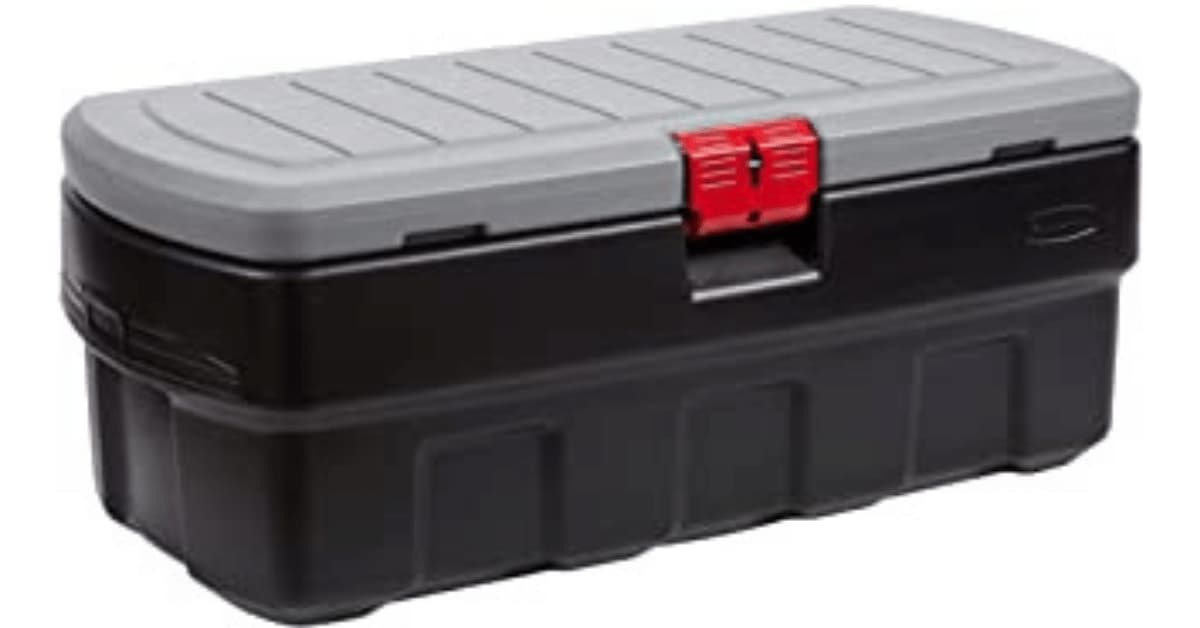Physical Address
304 North Cardinal St.
Dorchester Center, MA 02124
Physical Address
304 North Cardinal St.
Dorchester Center, MA 02124

This post may contain affiliate links which means I may receive a commission for purchases made through links- to no additional cost to you. I will only recommend products that I have personally used, or am confident enough to introduce you to. Learn more on my Private Policy page.
A hitch cargo carrier is an alternative to the popular roof racks that travelers use to store their belongings when they don’t have enough room inside their vehicle. A hitch carrier attaches to the rear of a vehicle just like a regular trailer at the receiver hitch and is locked into place with a pin or lock.
Manufacturers make cargo carriers in sealed and open basket styles, and each design comes with various benefits. For example, if you’re traveling in an area with significant weather activity, the sealed hitch cargo box makes sense. However, if you’re traveling with a large item that won’t fit conveniently into a sealed carrier, you might want an open basket.
A hitch cargo carrier is only as safe as the driver and vehicle that pull it. You can increase the safety of pulling your belongings behind your vehicle by making sure that the carrier isn’t overstuffed and that the carrier is properly attached and locked to the vehicle.
Adding anything to the outside of a vehicle changes its aerodynamics, and rooftop carriers are notorious for reducing the MPG of the vehicles that tow them. In most cases, you’ll see a greater reduction in fuel or kilowatt efficiency when you use a rooftop carrier. However, a hitch cargo carrier attached to the back of the vehicle will impact the MPG, too, even if it’s not responsible for as much wind resistance as a rooftop carrier.
If you have the room to store your things inside your vehicle, that method of transporting your gear will always cost less in fuel, but a hitch carrier is the better choice for fuel efficiency over a rooftop carrier, as long as the hitch carrier isn’t weighed down like the Titanic.
Hitch cargo carriers are usually no wider than the average SUV (so around 60 inches wide), but their depth may vary, depending on the strength of the overall apparatus. A common size is 60 inches wide by 20 inches deep with a fence height of six inches.
Hitch cargo carriers generally have enough room to carry just about everything you might need while traveling, from adventure gear to tents and sleeping equipment.
Legally, a cargo carrier only needs lights attached if it obscures the vehicle’s tail lights. However, installing a light kit on the carrier might offer the highest level of safety, even if it’s not legally required.
You may find that the taillights become obscured over time because you start to pack more things into the carrier, or items shift slightly during transport. If you’re not interested in installing lights, you may want to carry a set in your car, just in case. You may decide to transport something large when you’re on the road, and the attached lights would become necessary for safe and legal driving.